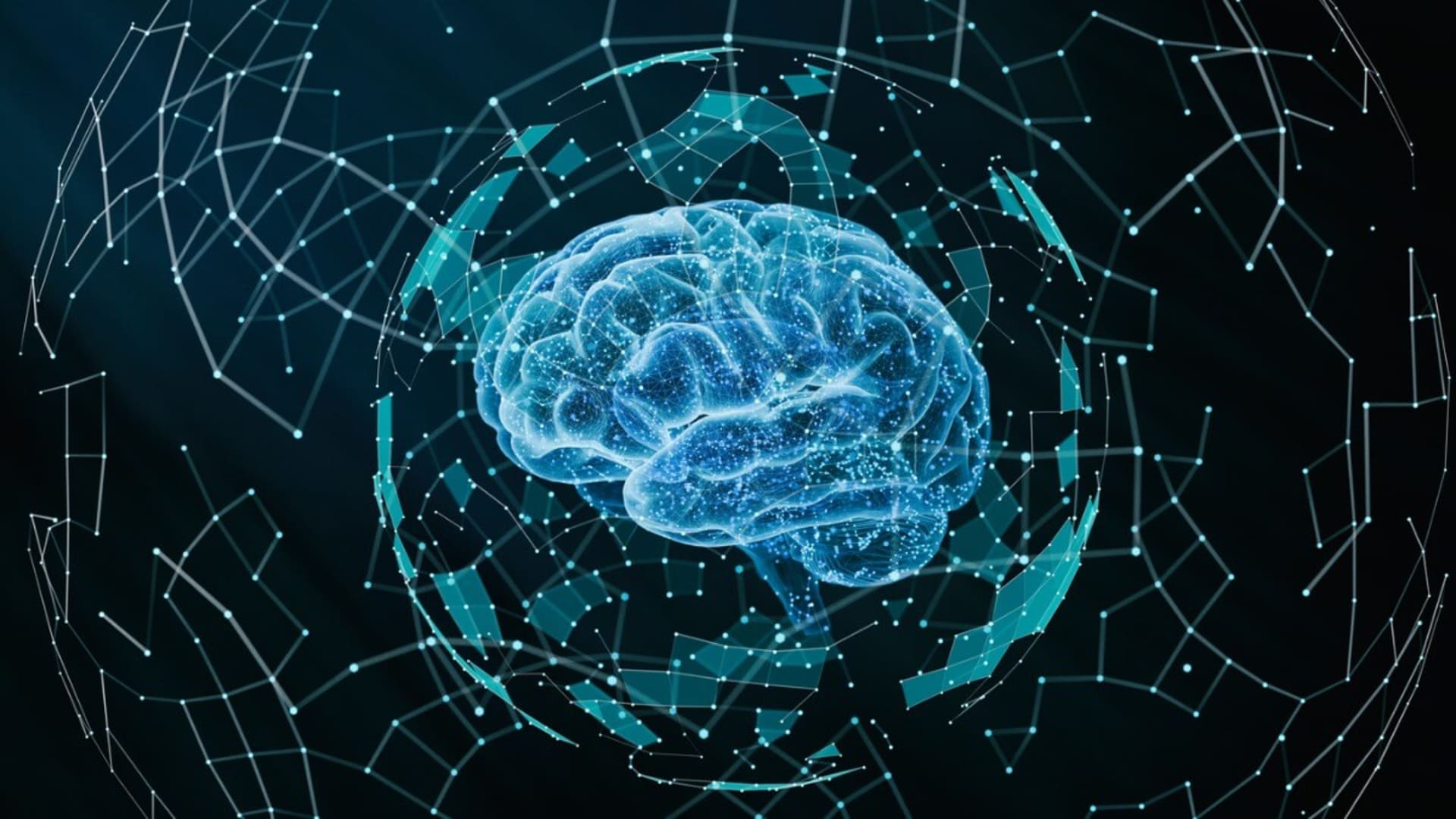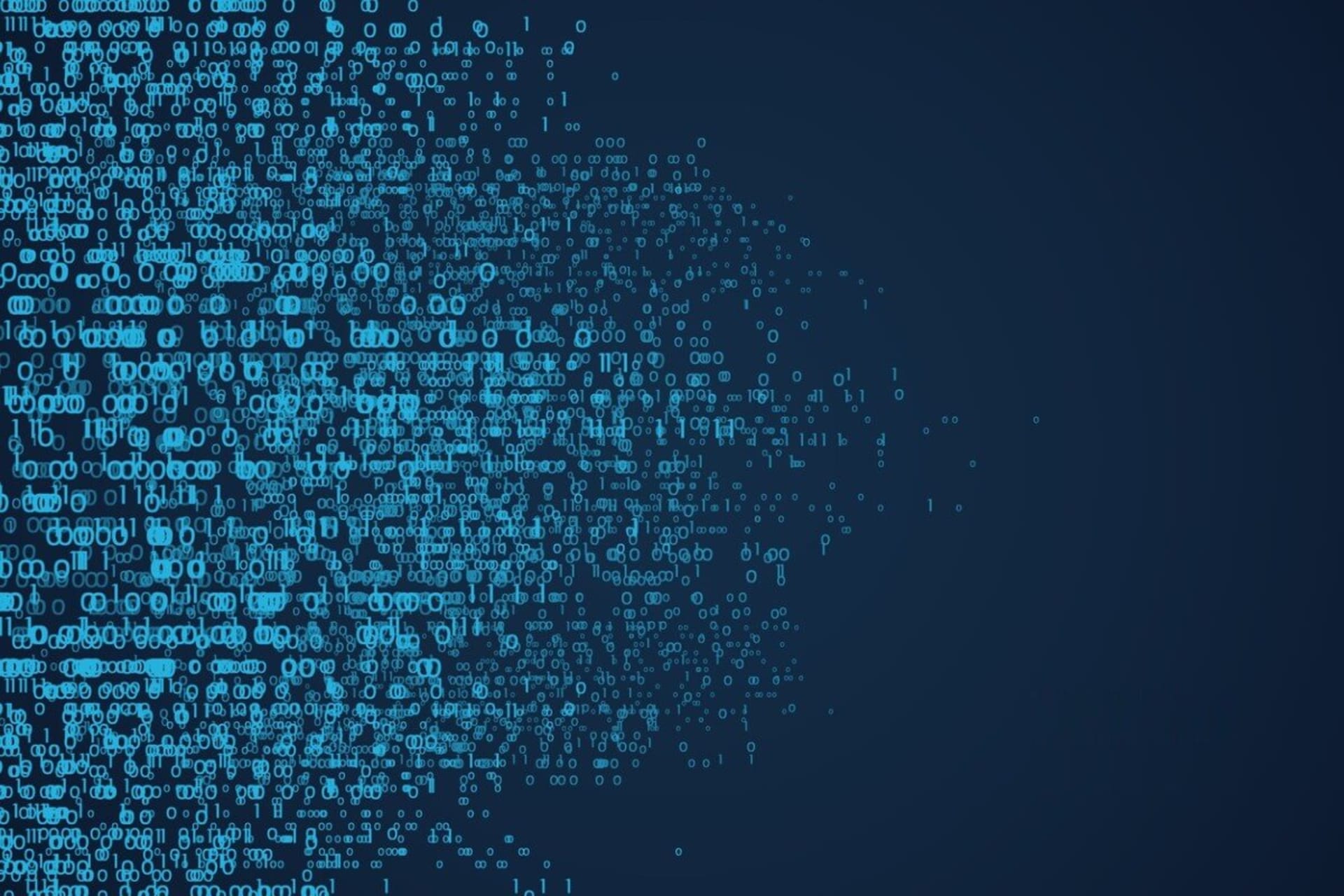Forecasting is the process of making predictions about future events based on past data and current trends. Forecasters use a variety of methods to generate their predictions, including statistical models, qualitative analysis, and personal experience.
The goal of forecasting is to provide decision-makers with information that will help them make better decisions about the future. For example, a company might use forecasting to predict demand for its products in the coming year so that it can plan its production accordingly.
There are many different types of forecasts, including short-term forecasts (for things like weather or traffic), medium-term forecasts (for things like economic indicators), and long-term forecasts (for things like population growth). No matter what type of forecast you’re looking at, the goal is always the same: to give decision-makers the best possible information about what lies ahead.
Forecasting is a crucial tool for businesses of all sizes. By understanding upcoming trends and customer behavior, businesses can make more informed decisions about inventory, staffing, marketing, and other critical areas. Forecasting helps businesses avoid the costly mistakes that can occur when operating in the dark.
From simple trend analysis to complex statistical models, there are hundreds of forecasting methods and algorithms. The key is to select the right method for your data and your business objectives. The wrong method can lead to inaccurate predictions and poor decision-making.
Fortunately, there are many resources available to help businesses select the right forecasting method, from workshops and courses to videos and software. However, it’s important to remember that no one method is perfect. The goal is to find a balance between accuracy and practicality that meets your business needs.
AI and Forecasting
In recent years, the term “artificial intelligence” has become increasingly popular in both the business and academic worlds. Many people believe that AI will revolutionize the way we live and work, while others are more skeptical about its potential. One area where AI is already having a significant impact is forecasting.
By analyzing data patterns, AI can make predictions about future trends with a high degree of accuracy. This is proving to be invaluable for businesses that want to stay ahead of the competition and make informed decisions about their future strategy.
AI is constantly analyzing data patterns to make predictions and improve its performance. By understanding how past data patterns have unfolded, AI can make better predictions about future patterns – and this is what allows it to keep improving its accuracy over time. This process of analyzing data patterns is essential for any machine learning algorithm, whether it’s a simple linear regression or a complex deep-learning neural network.
And it’s not just limited to numerical data – AI can also analyze patterns in text, images, and even video. So how does AI go about analyzing these patterns? Well, there are a few different methods that are commonly used.
One popular method is called “clustering.” This involves grouping together data points that are similar to each other. For example, if we were looking at a dataset of people’s heights and weights, we might group all the people who are around the same height and weight. Once the data has been clustered, the AI can then start to look for relationships between the different clusters. For example, it might notice that people of similar heights tend to have similar weights, or people with different heights tend to have different weights.
These relationships between the clusters can be extremely useful for prediction purposes. If the AI knows that taller people tend to weigh more than shorter people, then it can use this information to make better predictions about someone’s weight based on their height.
Another common method for analyzing data patterns is called “classification.” This involves assigning labels to data points – so, going back to our height and weight example, we might label all the people who are taller than average as “tall” and all the people who are shorter than average as “short.”
Once the data has been classified, the AI can again start looking for relationships between the different classes. For example, it might notice that tall people tend to weigh more than short people (which is something we already knew from our clustering analysis). Or it might notice that tall people tend to be more successful in life than short people (which would be an interesting finding!).
AI can help you make better decisions about what products to develop, what services to offer, and how to price them. Here are four ways you can use AI for predictions in your business:
- Develop new products and services.
You can use AI to identify customer needs and develop new products or services that address those needs. For example, if you sell insurance, you could use AI to predict which types of coverage customers will need in the future and develop policies accordingly.
- Price products and services accurately.
AI can also help you price your products and services more accurately. By taking into account factors like customer demand, competitor pricing, and production costs, AI can help you set prices that maximize profits while still being competitive.
- Optimize marketing campaigns.
AI can be used to analyze past marketing campaigns and identify which elements were most successful at driving sales. This information can then be used to optimize future campaigns for better results. Additionally, AI can be used to target potential customers with personalized ads based on their interests and purchase history.
- Forecast future trends.
By analyzing data from past years, AI can help businesses predict future trends in their industry so they can adjust their strategies accordingly. For example, if a retail company sees that sales of winter clothes are declining year over year, they may decide to focus more on selling summer items in the future
Let’s talk about a couple of the most popular analyses.
Clustering
If you’re looking to do a clustering analysis, there are a few things you’ll need to keep in mind. First, you’ll need to decide what type of data you have and what type of clustering algorithm will be most appropriate for that data. There are many different types of algorithms out there, so it’s important to choose one that will work well with your data. Once you’ve decided on an algorithm, you’ll need to gather your data and prepare it for analysis.
This usually involves scaling the data so that all variables are on the same scale and then running the algorithm. Depending on the results of the clustering analysis, you may need to adjust the parameters of the algorithm or even try a different one altogether.
It’s also important to remember that clustering is not an exact science; there is no guarantee that your clusters will be perfect or even close to perfect. The goal is simply to group similar items so that they can be analyzed further.
A great example of an algorithm for this kind of analysis is K-means, a clustering algorithm that is used to partition and group data. This algorithm is used when there is no prior knowledge about the structure of the data. K-means works by choosing k points at random as cluster centers and then assigning each point to the nearest cluster center.
The cluster centers are then updated by taking the mean of all points assigned to that cluster. This process is repeated until convergence, which occurs when the cluster centers do not change between iterations. This algorithm has several advantages, including its simplicity and ease of implementation.
Clustering is a fantastic way to explore whether you can find patterns in your data, even if you are not quite sure there are any. You may discover client trends that would otherwise go unnoticed.
Neural Networks
Neural networks are a type of machine learning algorithm that is used to model complex patterns in data. Neural networks are composed of a large number of interconnected processing nodes, or neurons, that can learn to recognize patterns of input data.
Neural networks can be used for a variety of tasks, including classification, regression, and forecasting. In the context of forecasting, neural networks can be used to predict future values based on past data. For example, a neural network could be trained on historical stock data to forecast future market trends.
Many different types of neural network architectures can be used for forecasting tasks. The most common architecture is the feed-forward neural network, which consists of an input layer, hidden layers, and an output layer. Inputs are fed into the input layer, where they are then processed by the hidden layers before being passed to the output layer. The output layer produces the predicted values based on the inputs from the previous layers.
Other popular architectures include recurrent neural networks (RNNs) and convolutional neural networks (CNNs). RNNs process inputs sequentially and maintain an internal state vector that captures information about previous inputs; this makes them well-suited for time series prediction tasks such as weather forecasting or stock price prediction.
CNNs also are effective at time series prediction tasks; however, their main advantage is their ability to learn features from raw data such as images or text documents without requiring extensive feature engineering beforehand.
How to Implement AI Forecasting in Your Business
AI forecasting is a relatively new field, and there are still many challenges to overcome. However, businesses that can implement AI forecasting successfully can reap the rewards of having a more accurate and reliable forecast. Here are some tips on how to implement AI forecasting in your business.
Define Your Goals
Before you start using AI for forecasting, you need to define what you want to achieve. What decisions do you need to make that would benefit from more accurate forecasts? Once you know your goals, you can start looking for ways that AI can help you meet them.
Collect Data
One of the most important aspects of AI forecasting is data collection. You need high-quality data sets for the algorithms to produce accurate results. Make sure you have enough historical data points so that the AI can identify patterns and trends accurately. If possible, supplement your data with external sources such as weather data or economic indicators.
Choose the Right Algorithm
Many different algorithms can be used for forecasting. Each has its strengths and weaknesses, so it’s important to choose one that is well suited to your data and your goals. If you’re not sure which algorithm to use, consult with experts or try out a few different ones to see which works best for your needs.
Implement and Monitor
Once you’ve chosen an algorithm, you need to implement it in your forecasting system. This can be a complex process, so it’s important to work with experts who understand AI and know how to properly integrate it into your existing systems. Once the implementation is complete, monitor the results closely to ensure that the AI is providing accurate forecasts. Make adjustments as needed so that you can get the most benefit from this powerful tool.
Foster a Data-Driven Culture
Encourage transparency and collaboration around data. Make sure everyone in the organization has access to the data they need to do their job, and encourage them to share insights and ideas about how it can be used most effectively. A data-driven culture encourages experimentation and innovation with data. Allow employees to play around with different ways of using data, and see what works best for your company.
Make data-based decisions whenever possible. This means using data to inform everything from strategic planning to day-to-day operations. Let the numbers guide you as much as possible! After all, the numbers don’t lie.
Address Resistance Openly
What if you are facing resistance toward AI assistance? Well, usually your best bet is to talk with people with a negative attitude and try to understand where the apprehension is coming from. Try to understand why they feel how they feel and talk it through. If you’re trying to help someone accept AI, there are a few things you can do:
- Explain how AI can be helpful. Whether it’s helping us get through our day-to-day tasks or providing us with new insights, AI can be genuinely beneficial in many ways. Helping your team members see these benefits can go a long way in getting them on board with AI.
- Reassure them that AI won’t replace humans entirely. One of the biggest fears around AI is that it will eventually take over all human jobs and leave us obsolete. While automation will change the workforce as we know it, there’s still a lot that only humans can do – so they don’t have anything to worry about just yet!
- Encourage them to try it out for themselves. A big part of accepting something new is experiencing it firsthand. So if you know someone hesitant about using an AI service or product, invite them to give it a try with you. Chances are, they’ll be much more open to it after they see how convenient and user-friendly it can be.
The Challenges of AI Forecasting
Powerful as it might be, AI-assisted forecasting is not without its challenges. One issue is that it can be difficult to explain how the predictions are made, which can lead to mistrust from decision-makers who don’t understand the technology. There is also a risk that businesses will become too reliant on AI and forget how to make decisions without it.
Take for example neural networks. If a decision-maker asks the data scientist how the model reached a conclusion, we can explain the theory behind it, but we can’t tell them which neuron is triggered in which layer and what that represents. It’s a leap of faith for people who are risk-averse or resistant to new technologies.
Another challenge is that AI systems are constantly learning and evolving. This means that their predictions may change over time as they learn new information. This can make it difficult to rely on their forecasts in the long term.
Another point to keep in mind is that while you can retrain and fine-tune an AI, the more varied the information you feed it, the more likely you are to experience catastrophic interference. In other words, the model can simply forget what it was trained to do in the beginning. In some cases, this can happen even if the new data shares a superficial similarity to the old.
Finally, AI systems may not be able to deal with unexpected events or changes in data patterns. This could lead to inaccurate predictions or even complete failures when things don’t go as expected.
And it should go without saying, but working with AI requires technical skill. Not every developer or data scientist has the technical know-how to build or fine-tune a model. This means that you may have to expand your team.
Despite these challenges, there’s no doubt that AI-powered forecasting is here to stay. As data sets continue to grow larger and more complex, traditional methods of analysis will struggle to keep up. For businesses that want to stay ahead of the curve, investing in AI now could be critical for their future success.
If you enjoyed this, be sure to check out our other AI articles.














